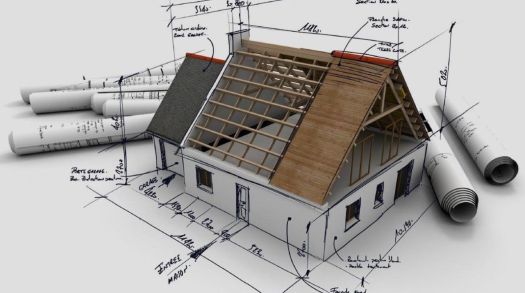Over the years geothermal energy has been
used in some countries for residential applications including cooking
and heating purposes. In short and simple words, geothermal is the
energy derived from the earth’s internal heat.
The rock and fluids beneath the Earth’s
crust contain this thermal energy. This energy can be available in
shallow ground and several miles below the surface as well as the
extremely hot molten rock known as magma.
What is the use of geothermal energy?
The underground reservoirs of hot water
and steam are tapped for the generation of electricity to heat and cool
the buildings directly. A geothermal system makes the use of the
constant temperature of upper three meters of the earth’s surface for
heating up a home during winter. However, the heat pump system extracts
heat from the building and transfers back to the relatively cooler
ground during summer.
The geothermal water available deeper in
the earth is appropriate for the direct heating of offices and homes or
growing plants in the greenhouses. In fact, some of the U.S. cities use
piping for geothermal hot water to come under roads and sidewalks in
order to melt snow.

How geothermal energy is produced?
Geothermal generated electricity is
produced from wells and sometimes a mile (1.6 kilometers) deep or more,
drilled into underground reservoirs to tap steam and very hot water that
drives turbines connected to electricity generators.
What are the types of geothermal plants?
There are three types of geothermal power
plants like dry steam, binary and flash. Dry steam geothermal plants
are the oldest technology that takes steam out of the fractures in the
ground. They use it to drive a turbine directly.
Flash plants pull deep and high pressure
hot water into cooler and low pressure water. The steam produced is
utilized to drive the turbine. In the binary geothermal plants, the hot
water is passed through a secondary fluid that has much lower boiling
point than water. This makes the secondary fluid turning to vapor that
drives a turbine. Most geothermal power plants will be binary plants in
the future.
What are the advantages and disadvantages?
First, let’s talk about the advantages of geothermal energy.
Low Carbon Footprint –
Without burning fossil fuels like coal,
gas or oil, the geothermal energy can be extracted. It can produce only
one-sixth of the carbon dioxide – which is something that a relatively
clean natural-gas fueled power plant produces.
No Emissions and Round the Clock Availability –
Essentially, binary power plants don’t
release harmful emissions. Unlike wind and solar energy, geothermal
energy is available any time, i.e. 365 days in a year.
Cost Savings –
The geothermal systems are relatively
competitive and you will get savings from direct use. In fact, you will
get as much as 80 percent savings over fossil fuels.
Now it’s time to discuss about the disadvantages of geothermal energy.
Bad Impact on Environment –
The geothermal systems have some
environmental problems. They release hydrogen sulfide, the gas with
rotten egg like smells at low concentrations.
Disposal of Geothermal Fluids –
Some of the geothermal fluids may have
specifically low level of toxic materials. However, the geothermal sites
are able to provide heat for your needs; but eventually in specific
locations they may cool down.
Bottom Line –
When it comes to buying geothermal
systems, you should look no further than 123 Zero Energy. Our geothermal
heat pumps take advantage of the sun likewise any other solar system.
All of our geothermal kits harvest the solar energy, absorbed by earth
during the year. For more information, please visit our website at https://www.123zeroenergy.com/sizing-geothermal-system.html.